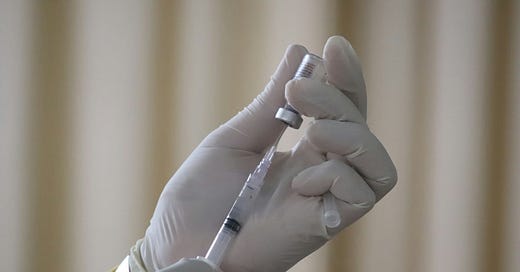From Discovery to Drugs: Where Drug Discovery Goes Wrong
On improving the drug testing process.
Subscribe to the STEMScribe newsletter to gain full access to our materials. It’s free!
When we say “drug discovery,” we aren’t talking about finding the location of Walt-uh White’s lab. Instead, drug discovery focuses on identifying and testing new drugs to potentially cure illnesses. And while Walt-uh does cure people of their boredom, drug discovery extends far beyond the confines of his lab.
A bit like Walt-uh, drug discovery has two personas. One part of the field is in the public eye, and popular media is generally about discovering drugs. I don’t think I’m the only one who’s seen the stories of 14-year-olds finding the cure to pancreatic cancer or the millions of lives saved with the vaccine breakthrough.
But behind every statistic is a story, and in this case, we find the story of drug testing. This is the reason nearly 20,000 drugs never reach a department store aisle per year. But why are drugs tested? In obvious fashion, the answer is simple. Protecting health. We can’t push out drugs with severe side effects to the entire population. Drug testing is necessary to ensure the viability of drugs for humans and the market. But maintaining public safety has unavoidable consequences, namely the three Cs. What are these?
Cost, Competition, and the Clock. Because drugs must be checked for viability consistently, the cost of procuring and testing rises, naturally driving down the competition in the market between large corporations and small firms. Finally, drug testing can take months to years depending on dosage severity and the disease, which means countless people who need these drugs never get them on time.
Thankfully, while the current system may be held back due to public health policy, solutions are being developed faster than ever before, namely with deep learning algorithms. Deep learning (DL) can revolutionize drug discovery with both discovery and drug property prediction.
Generative models, like Generative Adversarial Networks (GANs) can produce new compounds computationally in minutes, and continue to improve quality. Graph Neural Networks (GNNs) and computational simulations can predict the 3D structural bonds and chemical properties of compounds in mere seconds. But while DL algorithms show promise, they continue to be held back by the quality of data required to train algorithms, computational intensity, and the interpretation of models’ choices. Ultimately, DL remains a novel method that the entire scientific community must strive to improve.
Written by Arnav Bhute. Previously published on Medium.
The STEMScribe blog is a reader-supported publication. Subscribe to show your support. It’s free!
If you would like to submit a guest post to the blog, please fill out this form. Join the Discord server to gain access to our free tutoring and mentorship services.



